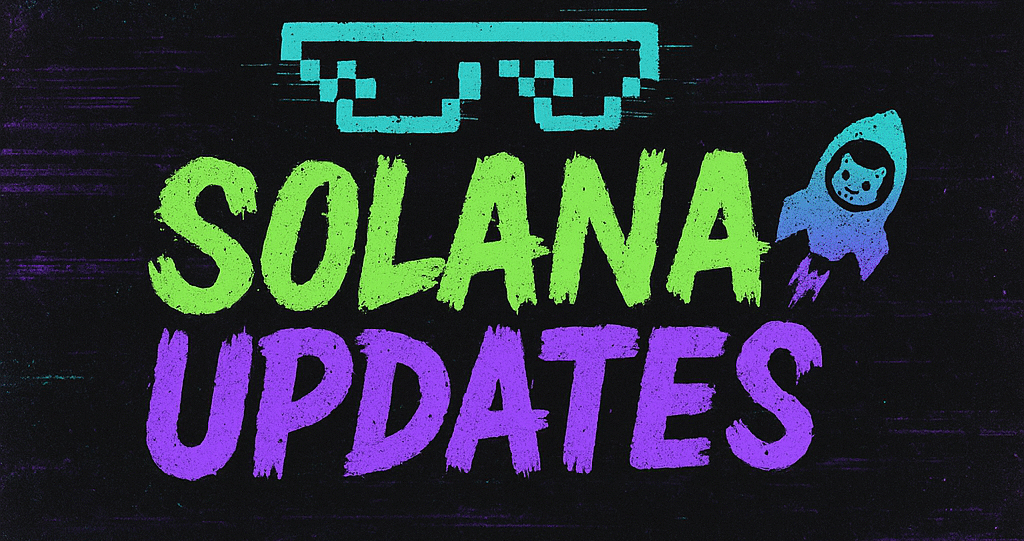In a recent report that has captured the attention of the financial and crypto communities alike, JPMorgan Chase has forecasted the stablecoin market to reach $500 billion by 2028. This projection, while significant, falls considerably short of the more optimistic estimates that have been circulating within the industry.
The report highlights that a substantial 88% of the current demand for stablecoins is driven by crypto-native activities. This includes trading on exchanges, decentralized finance (DeFi) applications, and other blockchain-based operations. In stark contrast, only 6% of the demand is attributed to payments, a figure that underscores the nascent stage of stablecoin adoption in everyday transactions.
Stablecoins, digital currencies pegged to traditional fiat currencies like the US dollar, have carved out a niche in the volatile world of cryptocurrencies by offering a stable value. They are increasingly used as a bridge between traditional financial systems and crypto markets, facilitating seamless transactions and offering a refuge from the price swings typical of cryptocurrencies like Bitcoin and Ethereum.
Despite the projected growth to $500 billion, which marks a substantial increase from current levels, JPMorgan’s forecast is far more conservative compared to other bullish predictions. Some analysts and crypto enthusiasts have anticipated the stablecoin market to exceed $1 trillion, driven by broader adoption and integration into global payment systems.
The disparity in these forecasts can be attributed to several factors. Firstly, regulatory uncertainties continue to loom over the stablecoin ecosystem. Governments around the world are grappling with how to regulate these digital assets, balancing innovation with financial stability and consumer protection concerns. This regulatory ambiguity could potentially hamper the rapid growth some expect.
Additionally, the current use case of stablecoins remains heavily skewed towards crypto-centric activities. While there is significant potential for stablecoins to revolutionize the payments industry by enabling faster and cheaper cross-border transactions, this potential is yet to be fully realized. For stablecoins to capture a larger share of the payments market, there needs to be a concerted effort to build infrastructure that supports their use in day-to-day transactions.
However, the report does acknowledge the strides being made in expanding the utility of stablecoins. Innovations such as layer-2 solutions and partnerships between crypto firms and traditional financial institutions are gradually paving the way for more widespread use. Moreover, the increasing interest from large financial entities in developing their own stablecoins could also contribute to market growth.
In conclusion, while JPMorgan’s forecast of a $500 billion stablecoin market by 2028 is less bullish than some other predictions, it still represents a significant growth trajectory. As the market continues to evolve, factors such as regulatory developments, technological advancements, and broader adoption in non-crypto sectors will be crucial determinants of the stablecoin market’s future size and scope.
The coming years will indeed be telling for stablecoins, as they navigate the challenges and opportunities of integrating deeper into the global financial system.
🛒 Recommended Product: Check out top-rated crypto gear on Amazon


